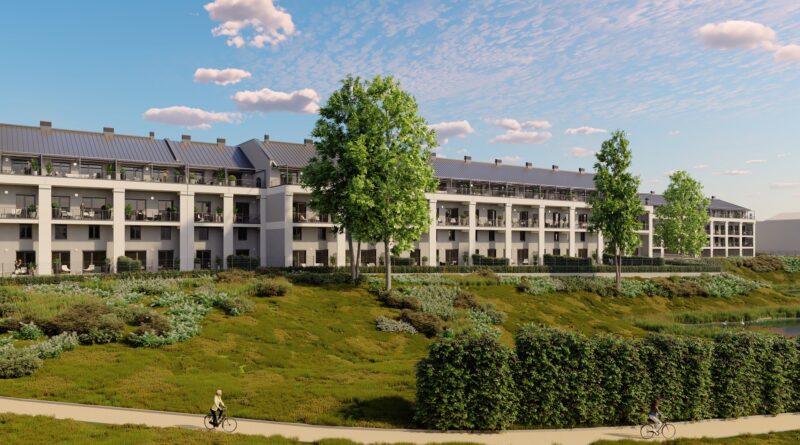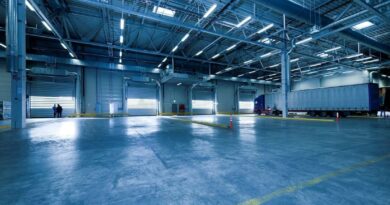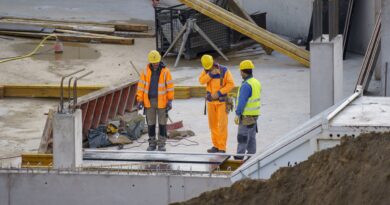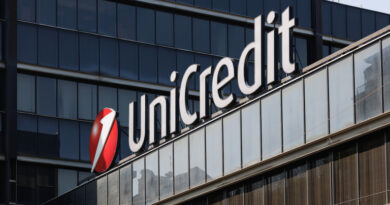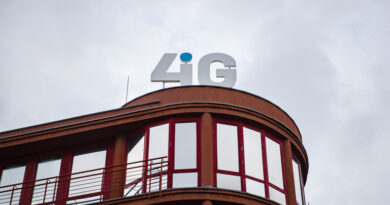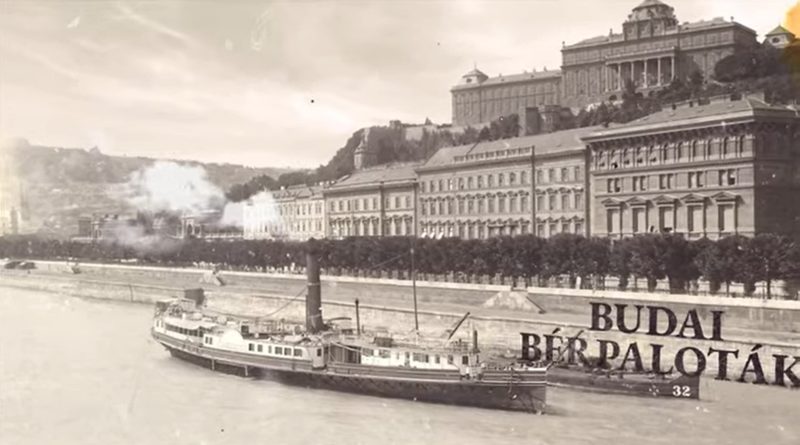Is the metro too far?
All analysis of the real estate market in Budapest dealt with such topics as the office corridor in the Váci Street or the revival of the central business district of Budapest. From the aspects of the property value the traffic and parking are critical issues no matter it is about office, commercial or housing estate market.
Above two areas (traffic and parking) we should not forget about the outstanding importance of the metro lines for the real estate market. Metro lines played an important role in the establishment of 200.000 m2 offices in the downtown business district and 500.000 m2 (“A” category) offices along with the corridor of Váci Street not to mention the development of the commercial and housing estates. According to the original plans the desired metro 4 should have been operated already from December 2009. The areas that would have been connected into the town’s circulation by the new metro line would worth 30% more by now.
The value/role of the public transport, mainly the underground transport, the metro lines have been increasing because the strategy of the capital is to increase the nr of the regulated parking – at the expense of the free parking zones – in Budapest. Behind this shift the hidden target is to persuade the market participants and real estate developers to invest money in parking houses again.
From the recently published market review of PBW Hungary Kft. it turns out that the number of the free car-parks hardly reaches the 10-12% of the total numbers of cars used in Budapest. At this moment 1000 inhabitants use approx 375 cars, this is the national average but we should take into account that in Western Europe this proportion is about 550 cars for 1000 people, therefore we can admit that the national and mainly the capital car-park market face great challenges in the next decades.
There can be only two or three possible ways to solve the parking problems for a long term: to develop the standard of the public transportation – especially metro lines – and to develop the P+R car-parks as well as of the deep-level garages (parking houses). In the above mentioned parking study we cannot disregard the fact that in the capital altogether there are only 4000 P+R parking lots (from these nr only 3500 are free), while 180.000 cars passing through Újbuda daily to reach their destination in the downtown, this was mentioned as a spectacular example in the parking study of PBW.
Considering the revival of the downtown or the case of the 13th district, which had mainly industrial aspects earlier, without the metro line these developments would have remained only theories on the desk. Besides the Váci Street, Kerepesi Street (for example the junction on the Hungária street) and Könyves Kálmán street had been neglected for a long time by the investors, and only the existing metro line could bring new investment and development to this area.
As a counter – example we can mention the Bah junction (the MOM Park project), where under disadvantageous public transport facility it was possible to make an efficient and complex – housing, office and commercial – development. Although in the previous three years from commercial point of view this project was strongly needed repositioning, today we can say that one of the most successful districts of the town with a new lifestyle, where housing, office and commercial functions were integrated well. It is true that good cooperation was necessary between the developer, local government and inhabitants as well.
Returning to the Pest side and to the 13th district that was mentioned as a successful example, it is worth looking at the neighbouring 14th district as well. As the third “richest” district of the town which got such a unique chance that three from the four metro lines of Budapest would cross it (the 4th line advanced). There is a keen demand for the latter one (metro 4) as it has been in the plan from 1970s that the Bosnyák Square (and Újpalota was mentioned as well) would be integrated into the town’s circulation. It has been even more unpleasant turn in late October, when the press reported that the Keleti railway station might be the end station, and the metro line will never get to the Bosnyák square. The background for this report was a study revealed it is quite possible that the European Union would not support the development because of the fact that this investment will never return.
If the metro line does not reach the planned new city centre, in case of the development lots and other real estates that are located here we can say that the increase in value forecasted in the value appraisements that were prepared 3-4 years ago is not real. Real estate professionals point out refering to a recently prepearad valuation that without the metro lines these real estates in Zugló are worth nearly 30 % less. It would be difficult to have this loss of value or lost profit accepted by the citizens or by the real estate investors and other interested participants of the market. That is why more and more people pay their attention to the developments and ask the question: “Shell we mind the gap? Are the doors closing? Are we approaching to Bosnyák Square or not?”

